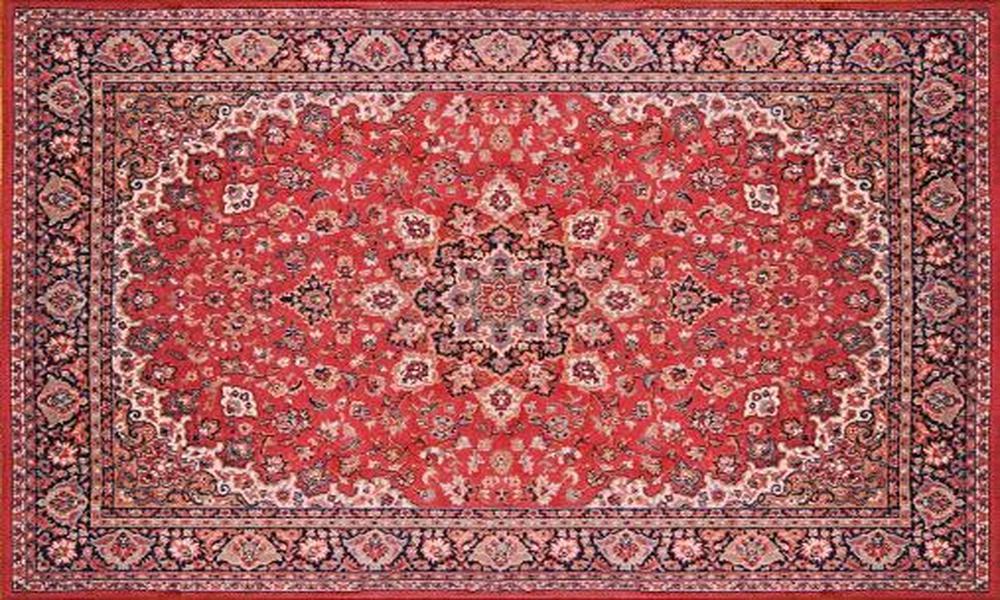Persian rugs are known for their intricate designs, fine craftsmanship, and rich history. These rugs have been around for centuries and have become a symbol of Persian culture and art. So, what makes Persian rugs so special? Let’s take a closer look.
Firstly, Persian rugs are made from high-quality materials such as wool, silk, and cotton, which make them durable and long-lasting. The rug-making process itself is also unique and requires a great deal of skill and expertise. Each rug is meticulously handcrafted by skilled weavers, who use ancient techniques passed down from generation to generation.
One of the most fascinating aspects of Persian rugs is their intricate designs. Persian rug designs are often inspired by nature, with motifs such as flowers, animals, and trees woven into the fabric. Each design is unique and tells a story, making Persian rugs not just a beautiful piece of decor, but also a piece of art.
Another aspect that makes Persian rugs special is their cultural significance. Persian rugs have been a part of Persian culture for centuries and are often passed down from generation to generation as family heirlooms. They are also a symbol of status and wealth, with some of the finest Persian rugs fetching high prices at auctions and antique markets.
In short, what makes Persian rugs so special is their exceptional craftsmanship, intricate designs, and rich cultural heritage.
How are Persian rugs made?
The process of making a Persian rug is a complex and time-consuming one that requires a great deal of skill and patience. Let’s take a closer look at the steps involved in making a Persian rug.
The first step in making a Persian rug is selecting the materials. Persian rugs are usually made from wool, silk, or cotton, with wool being the most common. Once the materials are selected, they are cleaned, sorted, and spun into thread.
The next step is to create the loom, which is the frame that holds the threads in place during weaving. The loom is made up of two parallel beams, with the warp threads stretched between them. The warp threads are then tied to the loom and the weft threads are woven in between them.
Once the loom is set up, the weaver begins the process of knotting the threads together to create the design. This is done using a special knotting technique that varies depending on the region and style of the rug. The weaver works from the bottom of the rug to the top, row by row, knotting each thread by hand.
After the rug is complete, it is cut off the loom and washed to remove any dirt or debris. The final step is to trim the edges and add any finishing touches, such as fringe or tassels.
In conclusion, the process of making a Persian rug is a labor-intensive and intricate one that requires a great deal of skill and expertise.
What are the different types of Persian rugs and their characteristics?
Persian rugs come in a variety of styles and designs, each with its own unique characteristics. Let’s take a look at some of the most common types of Persian rugs and what makes them special.
Tabriz rugs: Tabriz rugs are some of the most popular and highly sought-after Persian rugs. They are known for their intricate designs, often featuring a central medallion with elaborate floral motifs. Tabriz rugs are made from high-quality wool and silk,
 Make Your Child’s Visit to the Dentist’s Office Enjoyable
Make Your Child’s Visit to the Dentist’s Office Enjoyable  Mastering Online Masterclasses: Choosing the Right Online Violin Instructors
Mastering Online Masterclasses: Choosing the Right Online Violin Instructors  Empowering Healthcare Professionals: How WT Farley Oxygen Regulators Enhance Patient Care
Empowering Healthcare Professionals: How WT Farley Oxygen Regulators Enhance Patient Care  Elevate Your Collection: Unveiling the Beauty of Custom Wine Cellars in Ottawa
Elevate Your Collection: Unveiling the Beauty of Custom Wine Cellars in Ottawa  Enhancing Your Online Presence with Real Estate SEO Services
Enhancing Your Online Presence with Real Estate SEO Services  The Epitome of Luxury: Elevating Spaces with Imperial High-End Kitchen Cabinets
The Epitome of Luxury: Elevating Spaces with Imperial High-End Kitchen Cabinets  Pokémon go accounts- Exploring the reasons behind player demand
Pokémon go accounts- Exploring the reasons behind player demand  Pokemon go shortcut to greatness – Buy now
Pokemon go shortcut to greatness – Buy now  Online slot games for classic fruit machine lovers
Online slot games for classic fruit machine lovers 




